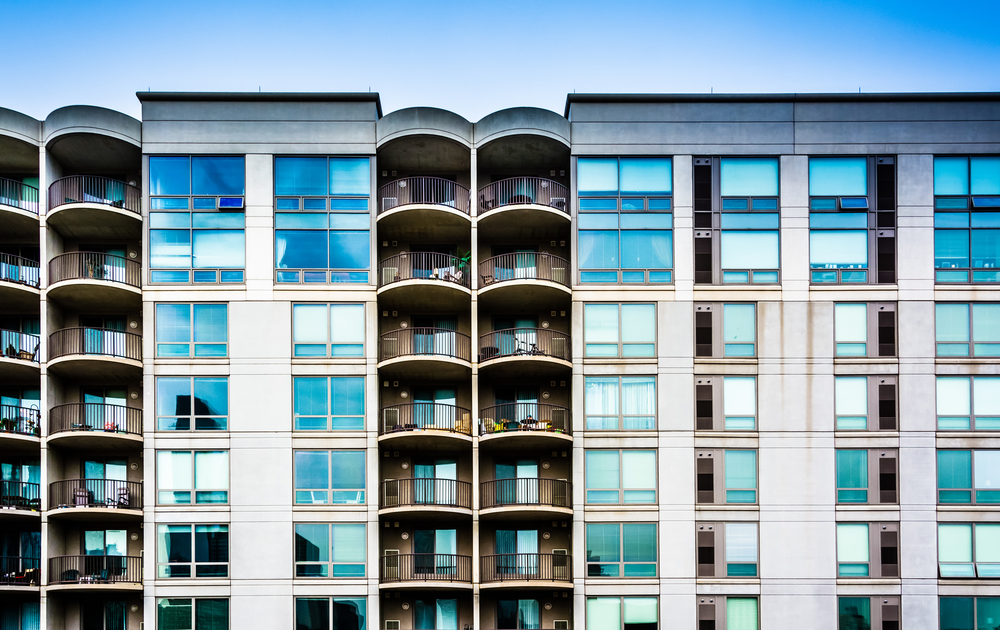Get A Quote

Building Up Rather Than Out: The Increased Need for Population Density
Did you know increased population density has a big impact on the development of new homes, and the housing market itself? Right now in our country, there is a drive for more sustainable ways of living, as well as more affordable housing. This means developers need to start considering building up rather than out. As populations become denser, living in high population regions becomes more affordable and more available — as well as more environmentally-friendly. Yet, there are a number of roadblocks in the way of increased population density.
Cities Often Restrict Higher Density Housing
On a national level, fewer new homes are being developed, and in many areas this is leading to increased demand and reduced supply. But when building new housing, cities often restrict buildings over a certain height. This means that developers couldn’t build upwards even if they wanted to. Getting the clearance to build a new high rise for apartments can be a chore, especially in areas that are known for being scenic. The more built up a city becomes, the more conflicting issues there may be with other buildings, which may have the rights to block anything over a certain height.
But building upwards resolves many issues when it comes to highly desirable regions. By infusing these areas with additional housing supply, the cost of housing can be reduced. And by reducing the cost of housing, more people will be able to live closer to work, and their commutes will be shortened. Rather than building massive road work projects, cities can instead focus on developing amenities within the city itself.
The problem is that the demand is moving outward, rather than upward. This is especially true in a time when many people are able to remote work or tele-commute at least part of their week.
People Are Moving Away From The Cities
In search of more affordable homes, people are moving away from cities and into suburbs. There’s more demand for suburban homes specifically because they tend to be less expensive, and people can get more for their money. But that also increases traffic and congestion, and ultimately, increases the costs of the suburbs as well.
And, of course, people find the suburbs more relaxing. Many new buyers want to have large neighborhoods that their future children can traverse. There’s always going to be a time and place for suburbs. But likewise, there are still young professionals and couples who are moving out to the suburbs not because they want the land, but because they can’t afford a similar square footage in the city.
So, while cities should be getting denser, instead they’re starting to expand outwards, with developments at the outskirts rather than within. That can cause problems for a city infrastructure because the city does need to grow its infrastructure out to support newly developed suburbs, all with reduced efficiency.
This isn’t a problem that the real estate and development market can solve on its own. Public perception of real estate developments need to change. People in cities need to be aware that the cities need to be able to grow upward to be more economically and environmentally sustainable. In addition, cities have to be willing to allow in larger developments, even though suburbs are less expensive short-term.
Whether Growing Up or Out, Buyers Must Stay Informed
Velocity Title understands that whether it’s a condo high-rise or a house in the suburbs, each homebuyer deserves to be educated, informed, and supporting during their purchase. At Velocity, our team of in-house experts and attorney ensure our clients not only understand the closing process, but are stayed informed each step of the way. To learn more about the Velocity Title difference, click here or contact us today.



